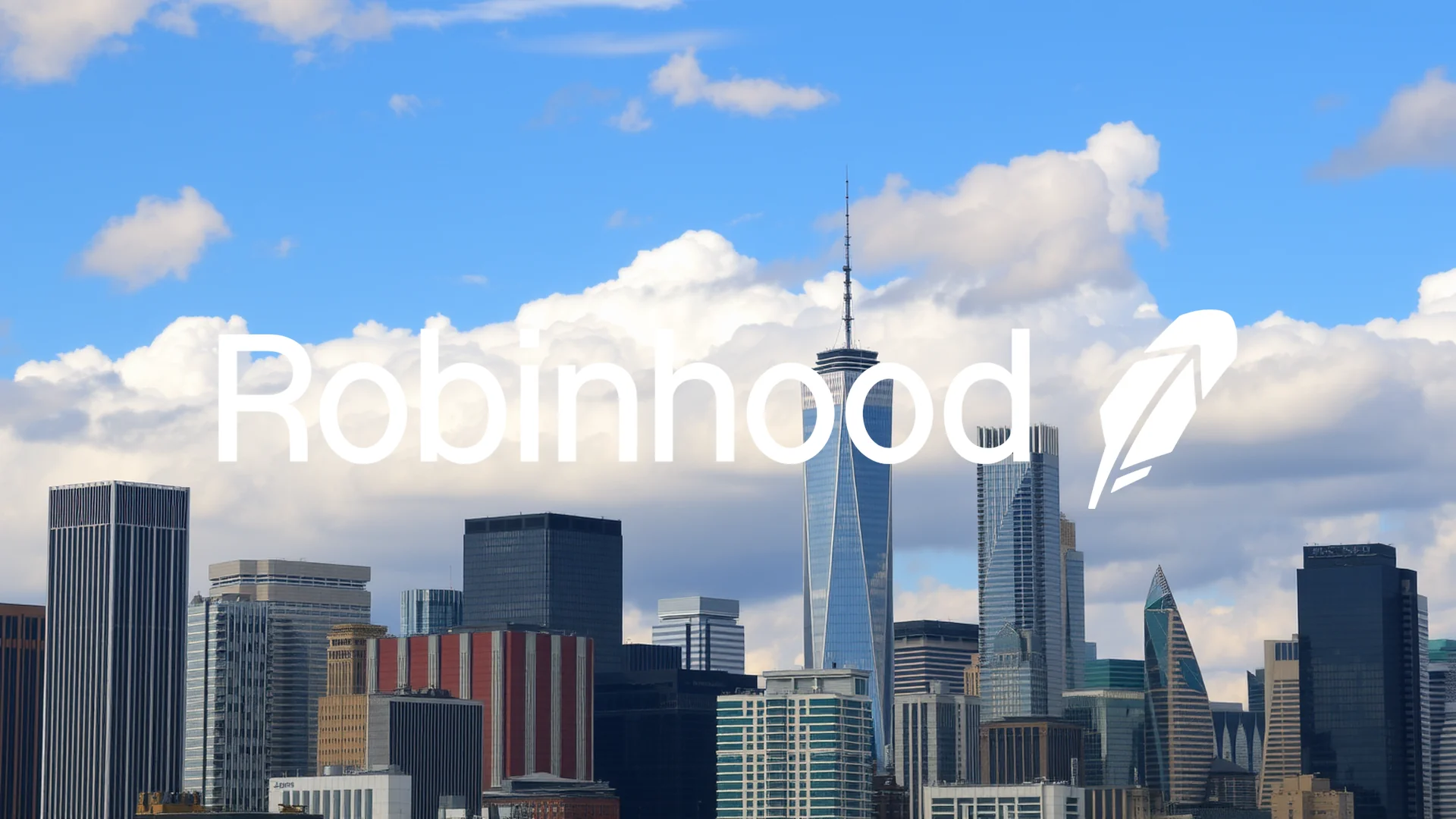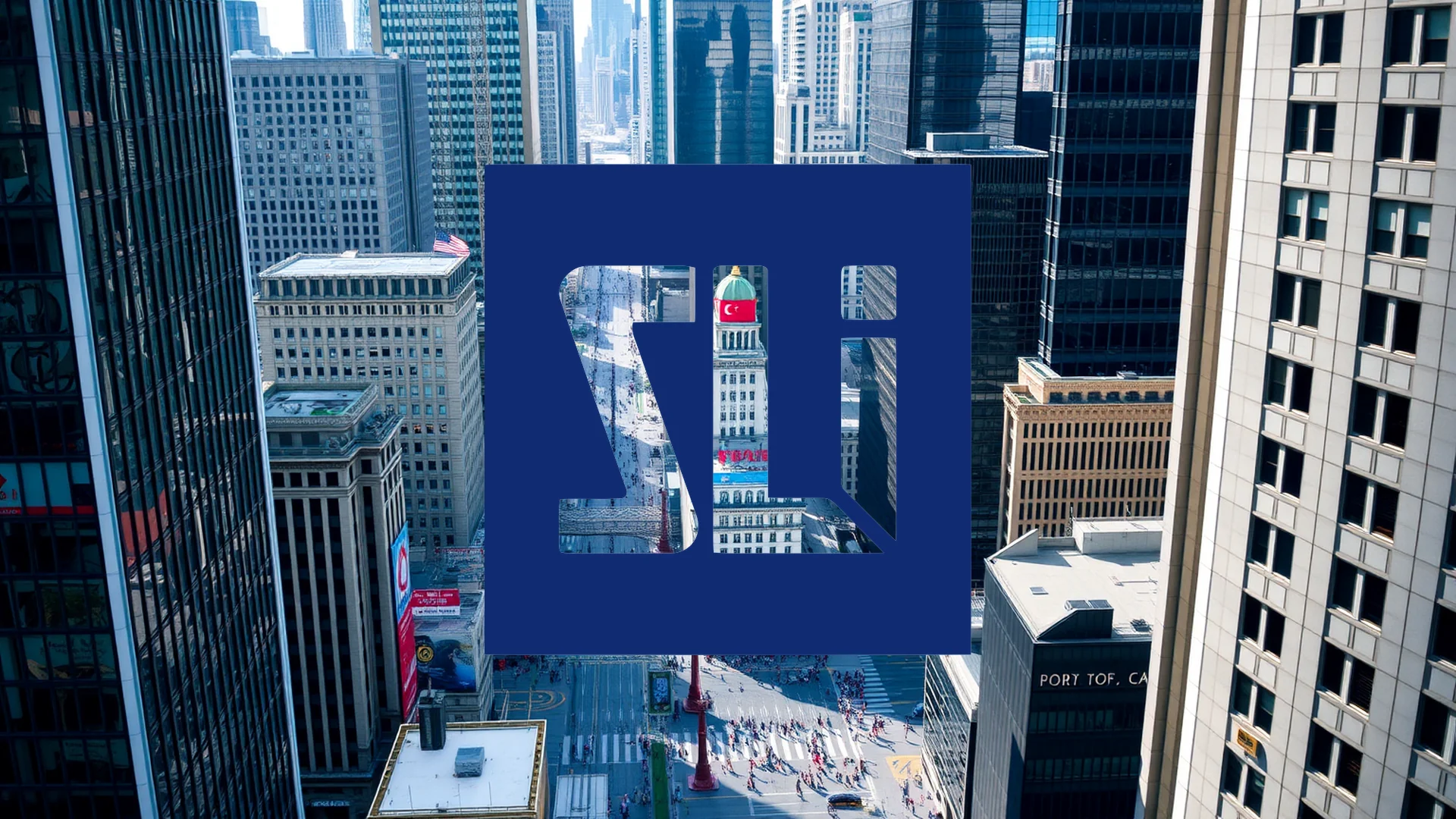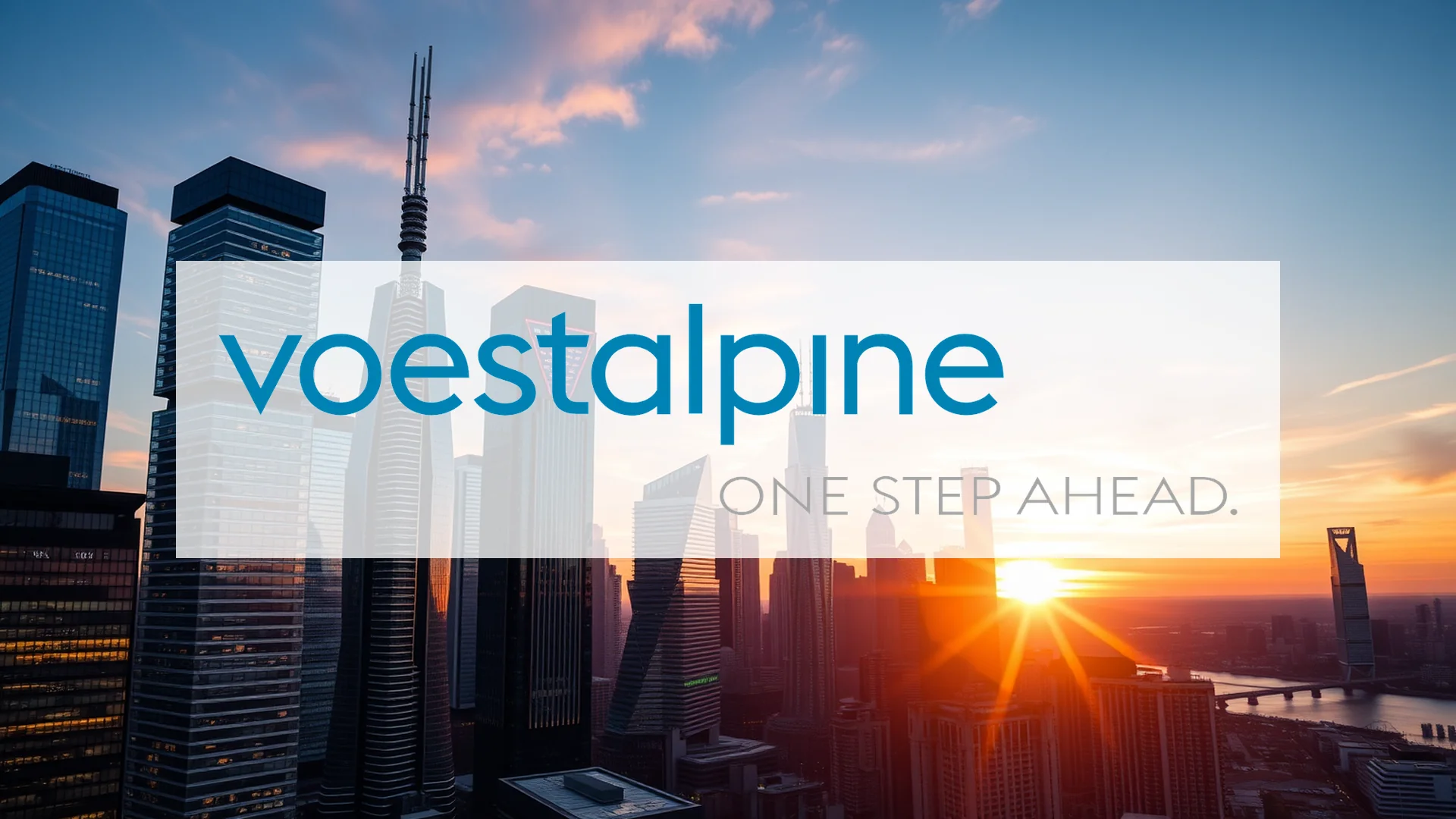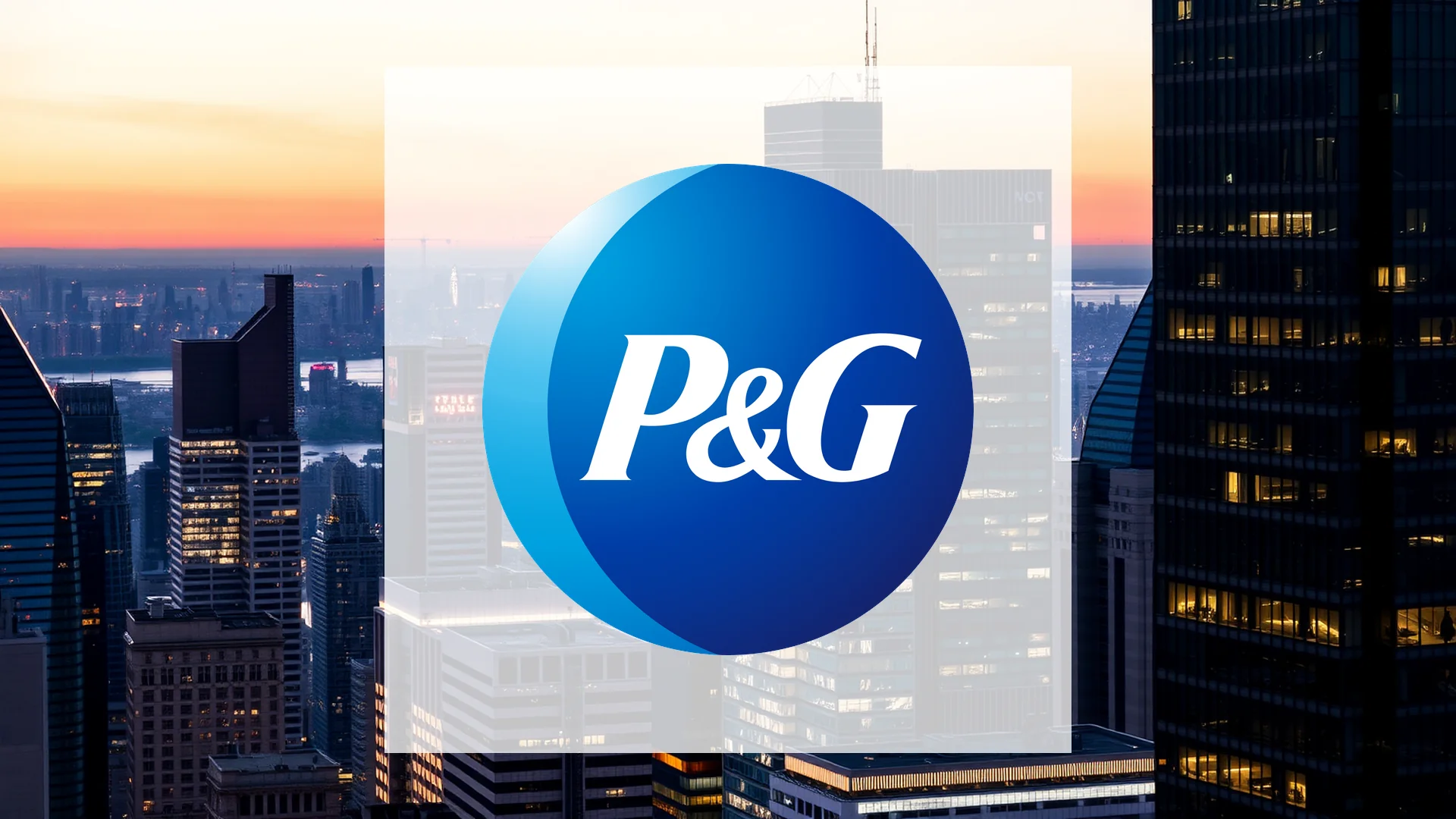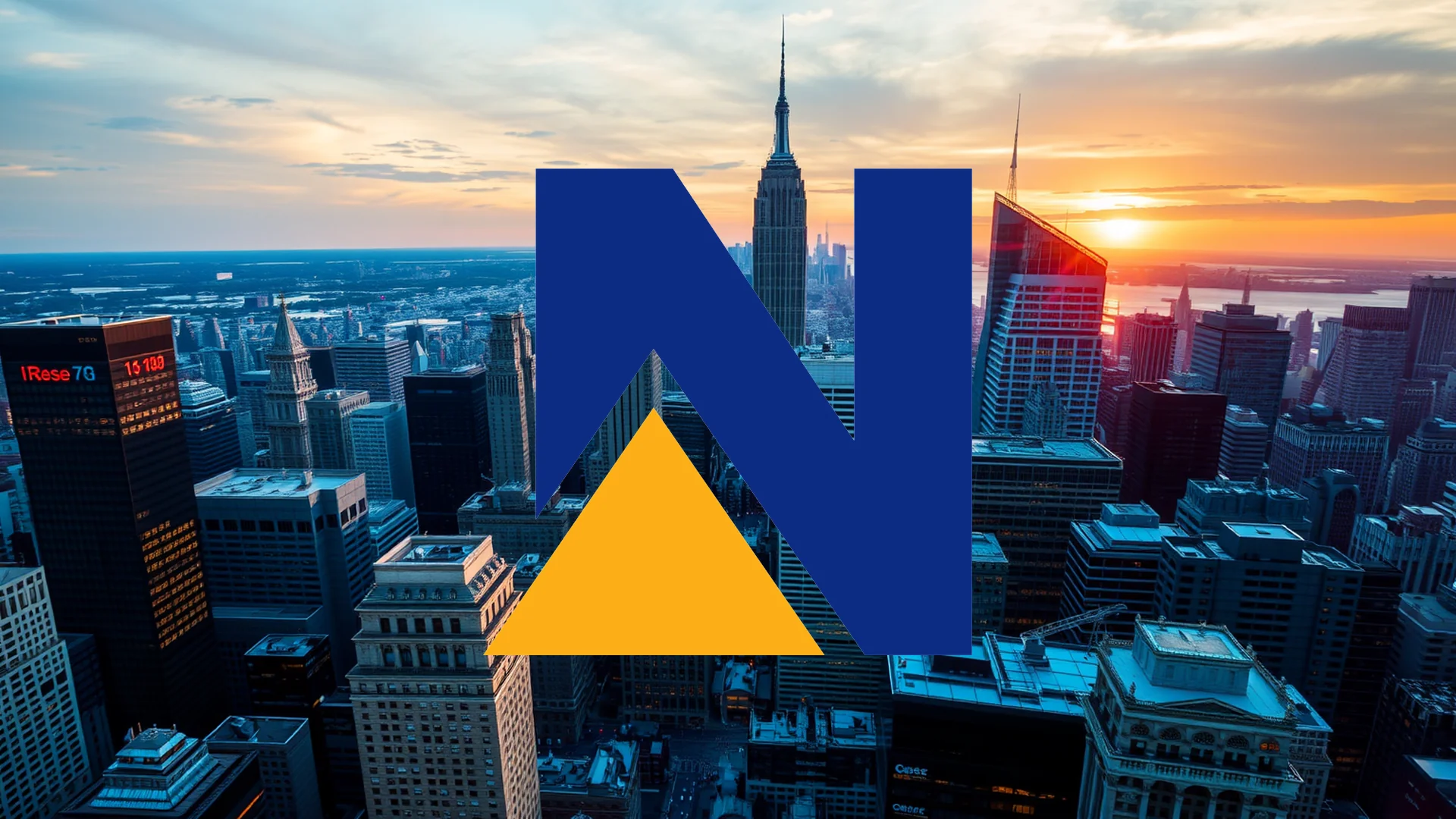The trading platform once known for upending the brokerage industry has achieved a landmark moment of Wall Street validation. Robinhood Markets Inc. has secured a position in the prestigious S&P 500 index, a move that propelled its stock to dramatic new heights and fundamentally alters its standing with the investment community. This inclusion represents a critical inflection point, shifting the company’s narrative from a disruptive newcomer to an established financial heavyweight.
A Powerful Catalyst for Institutional Demand
Official inclusion, effective prior to Monday’s market open, signifies far more than a symbolic victory. By replacing Caesars Entertainment in the benchmark US index, Robinhood completes a remarkable transformation. This achievement acts as the ultimate seal of approval, a development almost certain to capture the attention of major institutional investors who may have previously overlooked the equity.
The market’s anticipation of this event already triggered significant volatility. Following the announcement on September 8, the company’s shares surged by nearly 16 percent, marking their most substantial single-day advance since April. The driving force behind this movement is both straightforward and powerful: index-tracking funds and ETFs that mirror the S&P 500 are now compelled to purchase Robinhood stock to accurately reflect the updated index composition. This automated, mechanical buying creates inherent upward pressure on the share price.
Should investors sell immediately? Or is it worth buying Robinhood?
The market response has been unequivocal. Since the start of the year, the stock’s value has more than tripled. Viewed over a twelve-month window, the gain is an impressive fivefold increase. The announcement itself pushed the share price to a fresh all-time high.
Strong Fundamentals Underpin the Meteoric Rise
Behind the explosive price action lies a foundation of robust operational performance. The latest quarterly results provided the fundamental justification for index inclusion, with a 45 percent revenue surge to $989 million significantly surpassing analyst forecasts. A particularly strong driver was a 65 percent jump in transaction-based revenues, demonstrating that the core business model is firing on all cylinders, independent of the index effect.
This ascension into the S&P 500 cements Robinhood’s dramatic image overhaul—from a sometimes-volatile favorite of retail traders to a respected entity on Wall Street. The central question for investors now becomes what lies ahead once the initial index-driven excitement subsides.
Ad
Robinhood Stock: Buy or Sell?! New Robinhood Analysis from December 23 delivers the answer:
The latest Robinhood figures speak for themselves: Urgent action needed for Robinhood investors. Is it worth buying or should you sell? Find out what to do now in the current free analysis from December 23.
Robinhood: Buy or sell? Read more here...

